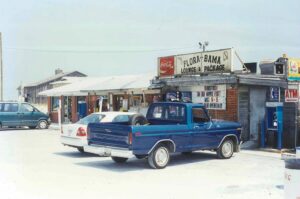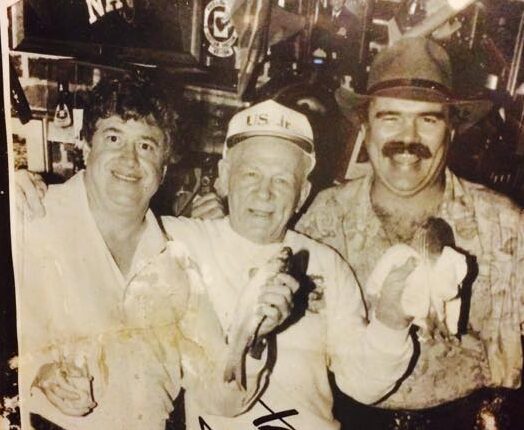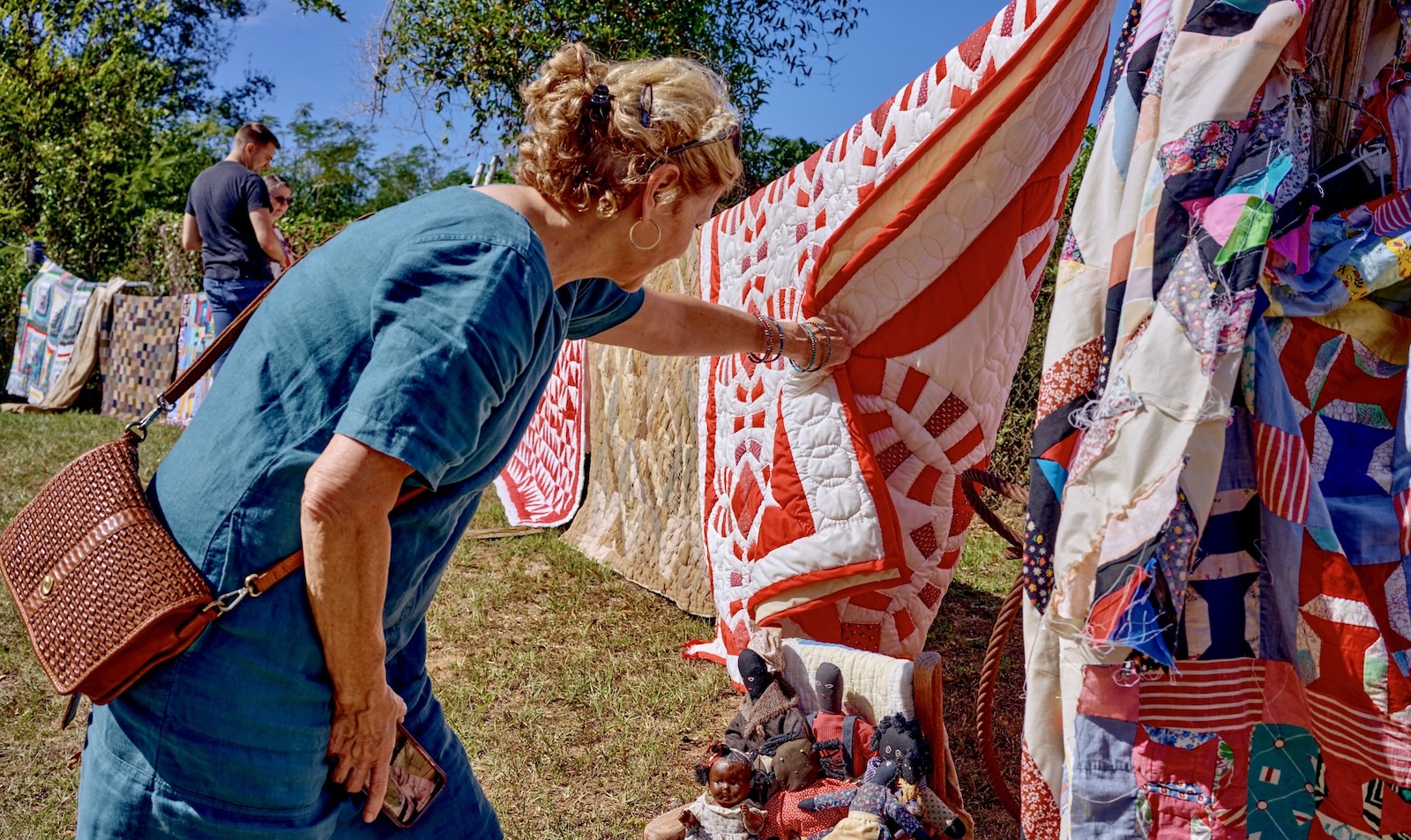The Gulf Coast is a place of magic for many, but few places hold quite as many memories as the well-known Flora-Bama. While thousands of beachgoers stop by the iconic beachside location each year, few may know the history of how Flora-Bama came to be.
According to Flora-Bama, a number of origin stories have been told over the years, “some of the stories are even true, and a few others were thought up on a local bar stool.” But the real story is a relatively simple one. It begins in the 60s when the State of Florida gave a couple of miles of beachfront real estate to the State of Alabama as payment for the State of Alabama creating the Perdido Pass Bridge.

(Flora-Bama Lounge & Package/Facebook)
Two years after the road’s completion, in 1964, Ted Tampary along with his sons Tony and Connie constructed a small business—a bar and package store—on what had become the new state line. The Flora-Bama served as one of the area’s lone businesses for years as visitors slowly started making their way to town. Over time, the Flora-Bama lured in so many of the visitors that the growing crowd necessitated ongoing expansion. The rapid success of the business is attributed to the Tampary family and their gift for bringing people together and maintaining high spirits. They were known for being welcoming and accommodating to patrons of all ages.
Fun Fact
While the lounge was seeing an increase in patronage, Escambia County, Florida was considered “wet” while the county across its state line, Baldwin County, Alabama was considered “dry.”

(Flora-Bama Lounge & Package/Facebook)
In the late 70s, Joseph Gilchrist bought Flora-Bama and introduced live music as a daily offering. In the mid-80s, Pat McClellan came on as a partner. Through their partnership, they established events such as Frank Brown Songwriter’s Festival and Interstate Mullet Toss. The early 2000s saw the addition of Cameron Price and John McInnis as co-owners with a vision to keep the well-loved establishment thriving with the goal of “making the Country’s Best Beach Bar a place where everyone feels comfortable and leaves smiling.”




